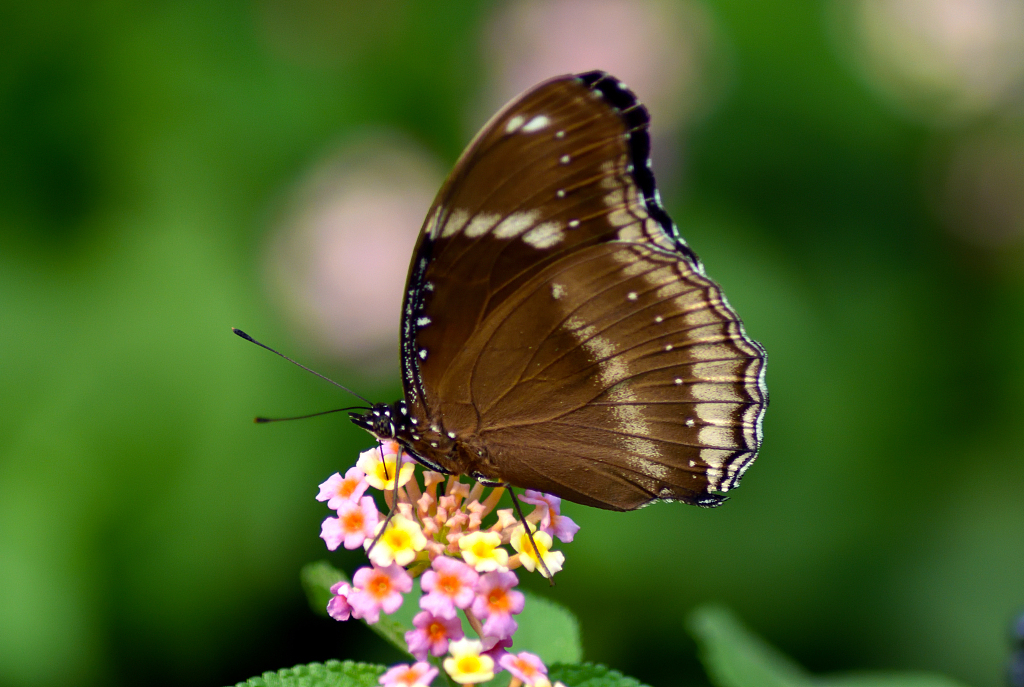
A team of researchers are developing a new tool that can monitor the health of insect populations using weather radars, according to a study released on Thursday by the British University of Leeds.
Insect populations, which play a vital part in ecosystems, have been falling sharply, but scientists have faced challenges in being able to effectively track their abundance and diversity over large areas.
The project, called BioDAR, is carried out by researchers from the University of Leeds, University of Exeter and the National Center for Atmospheric Science.
It aims to exploit weather radar networks from around the world to create detailed maps of insect abundance and diversity. The team will also develop a way to use machine learning to automatically recognize and quantify the diversity of insects using weather radar data.

A butterfly rests on flowers. /VCG Photo
"Humans are causing alarming declines in wildlife populations across the world, and it is vitally important to our own survival that we protect those that are left," said Dr Christopher Hassall, a member of the BioDAR team from the University of Leeds' School of Biology.
"This collaboration between biologists and atmospheric physicists aims to create a powerful new tool through which we can keep a watchful eye on insect populations, allowing us to make conservation decisions that encourage their survival," he said.
By regularly collecting information about the variety and number of different insects over wide areas, the team hope that they can keep track of the impact of different conservation actions and see how human-caused changes to our environment are affecting insect populations.
(Cover image via VCG.)
(If you want to contribute and have specific expertise, please contact us at nature@cgtn.com)

Copyright © 2018 CGTN. Beijing ICP prepared NO.16065310-3
Copyright © 2018 CGTN. Beijing ICP prepared NO.16065310-3